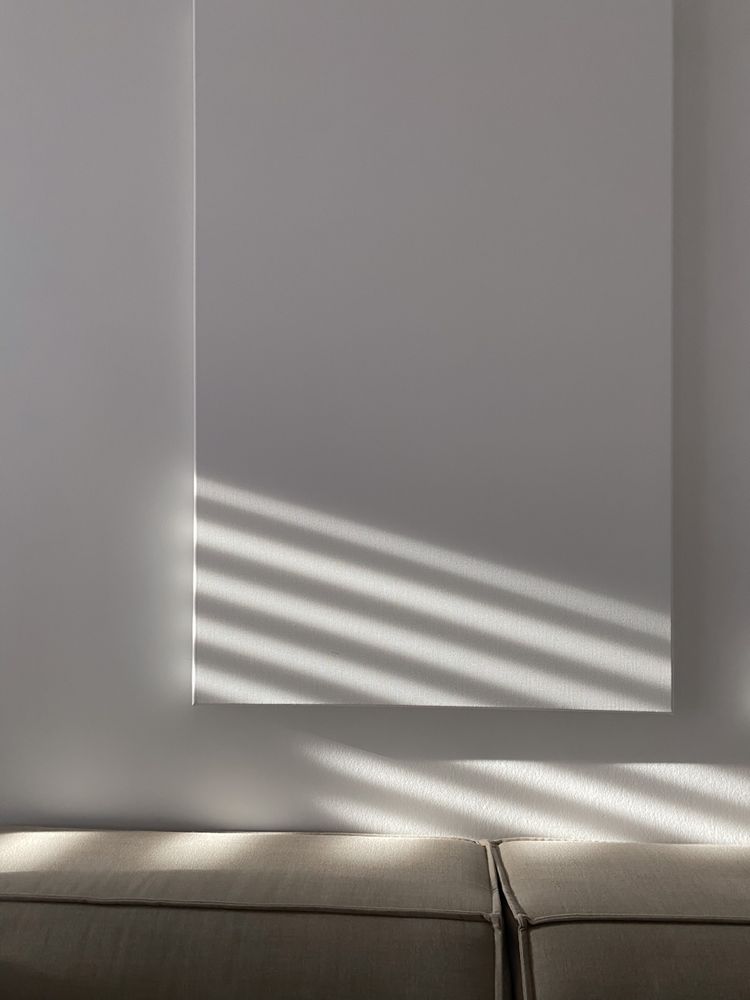


After the last study, I found that there are many differences in the behaviour of photographers at the exhibition. This time I have tried to change the behaviour of ‘taking pictures with exhibits in museums’, which most people are more concerned about according to the previous research.
“How can we refine the social contract around contemporary gallery spaces?”
Nowadays, people go to art galleries or exhibitions just to take pictures and post them on social media, rather than being interested in the artworks or seeing the exhibitions. These actions interfere with other visitors who want to enjoy the art space.
Therefore, to raise their awareness of the social contract, my intervention was to hold up a board with the sarcastic slogan “People looking at the exhibition, please don’t disturb the people taking photos” and stand at the entrance to the exhibition for about 20 minutes. Some people stopped to read it, others just passed by.
Then I interviewed those who had read the slogan. I started by asking them, are you people who like to take pictures with the artworks in the museum? I found that those who enjoyed taking photos with the exhibits did not see these actions as a problem and were not affected by the slogans. Sarcasm is a relatively strong expression and some of the subjects felt it was inappropriate. However, those who don’t normally take photos of exhibitions generally found these behaviours annoying and agreed with the slogans.
It seems difficult to change people’s minds, so I am thinking of changing another way, such as encouraging them, and I will need to read more about how to raise people’s awareness of the social contract.
